The discus throw is one of track and field's most visually captivating events, blending raw power with graceful technique. At its core lies a fundamental principle of physics—centrifugal force—which athletes must master to achieve maximum distance. Unlike other throwing events where brute strength dominates, discus requires a delicate balance between rotational momentum and controlled release. The interplay between these forces separates elite competitors from mere participants.
Centrifugal force in discus isn't simply about spinning faster; it's about channeling that rotational energy into the perfect trajectory. As the thrower whirls within the throwing circle, their body becomes a kinetic chain, with each segment—feet, knees, hips, shoulders, and finally the arm—contributing to the acceleration of the discus. The metal-rimmed implement gains velocity not through muscle alone, but through the cumulative effect of properly timed rotations. This explains why some smaller-framed throwers can outdistance larger opponents—their mastery of rotational mechanics creates superior centrifugal advantage.
The throwing circle's confined space adds another layer of complexity to centrifugal control. Athletes must maintain perfect equilibrium while generating rotational speeds that would make most people stagger. World-class throwers complete their spin in under 1.5 seconds, during which the discus may accelerate from zero to over 15 m/s. This demands extraordinary proprioception—the body's ability to sense its position in space—as even minor deviations in posture can dissipate critical energy or cause fouls by touching the circle's rim.
Equipment design plays a subtle but crucial role in managing centrifugal forces. Modern discuses feature weighted edges that stabilize flight, but this very characteristic affects how they behave during rotation. The implement's mass distribution creates gyroscopic resistance that throwers must overcome, yet paradoxically helps maintain rotational stability once airborne. This duality means that optimal release timing varies slightly depending on discus specifications—a nuance that separates consistent competitors from occasional brilliant throwers.
Biomechanical research has revealed fascinating details about centrifugal force management in elite throwers. High-speed motion capture shows that the best athletes don't maintain constant rotational speed; instead, they pulse their acceleration, adding velocity at specific points in the rotation. This pulsed acceleration allows for better control while still building maximum momentum. The critical moment occurs during the "power position"—that instant when the thrower's body is fully coiled before unleashing the throw—where centrifugal force peaks just before transfer to the discus.
Training techniques for centrifugal control have evolved significantly in recent decades. Traditional weight room exercises now complement specialized rotational drills using modified equipment. Some coaches employ harness systems that allow athletes to experience exaggerated centrifugal forces safely, while others use sensor-equipped discuses that provide real-time feedback on release parameters. This technological integration has enabled more precise development of the "kinesthetic sense" essential for judging rotational velocity and release timing under competitive pressure.
Wind conditions add another variable to the centrifugal force equation. While headwinds can provide lift to extend flight distance, they also create drag that affects rotational control. Experienced throwers adjust their spin rhythm and release angle based on wind readings, sometimes choosing to reduce rotation speed slightly for better control in gusty conditions. This decision-making happens instinctively during the approach, demonstrating how deeply ingrained centrifugal force management becomes in elite performers.
The psychological aspect of controlling centrifugal forces shouldn't be underestimated. At rotation speeds where the discus exerts a pull equivalent to several times its weight, the body receives constant signals to abort the throw for self-preservation. Overcoming these instincts requires years of training that rewires neuromuscular responses. This mental-physical integration explains why discus champions often peak in their late twenties or early thirties—the event demands both physical maturity and accumulated kinesthetic wisdom.
Looking toward future developments, sports scientists are exploring how advanced materials might influence centrifugal force dynamics. Experimental discuses with adjustable weight distributions could allow customization based on individual throwing styles, while smart fabrics in throwing shoes might provide better traction control during rotation. As our understanding of rotational biomechanics deepens, the centuries-old event continues evolving, proving that even in an ancient sport, there's always room for innovation at the intersection of human performance and fundamental physics.
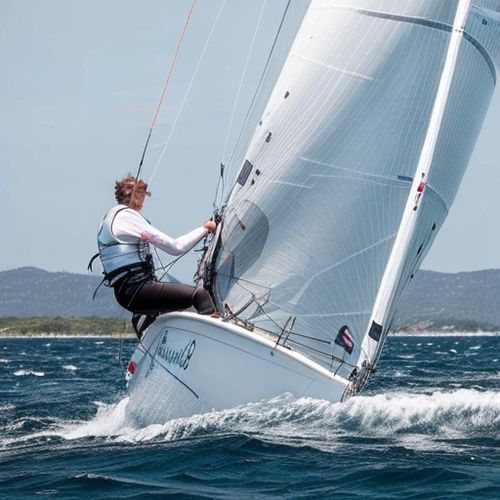
By Elizabeth Taylor/May 9, 2025

By David Anderson/May 9, 2025

By Amanda Phillips/May 9, 2025

By Victoria Gonzalez/May 9, 2025
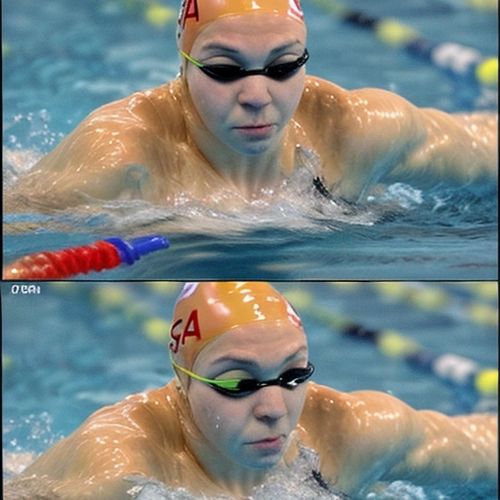
By Rebecca Stewart/May 9, 2025

By Michael Brown/May 9, 2025
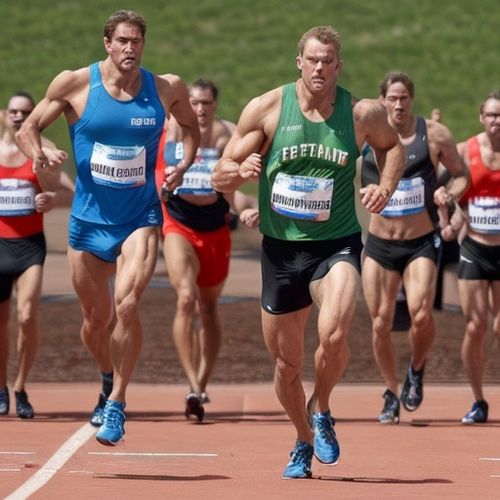
By William Miller/May 9, 2025
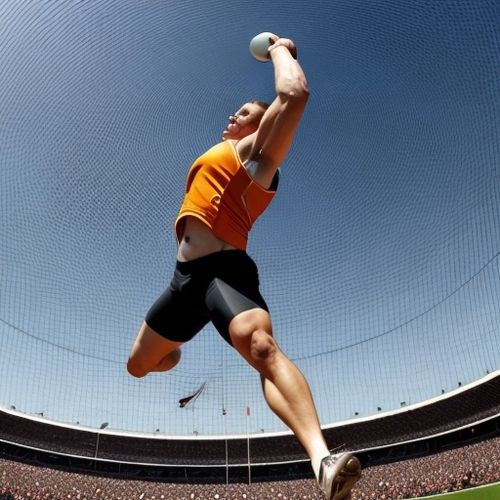
By James Moore/May 9, 2025
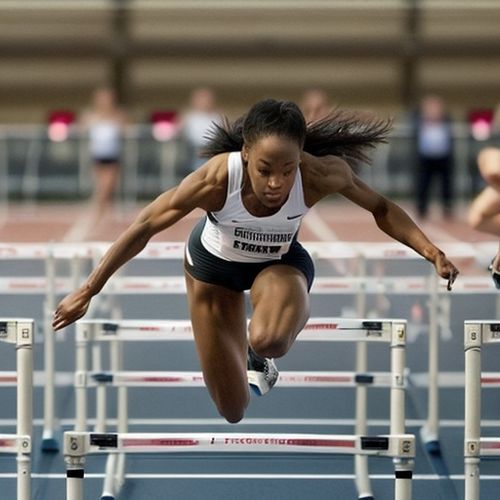
By Christopher Harris/May 9, 2025

By George Bailey/May 9, 2025
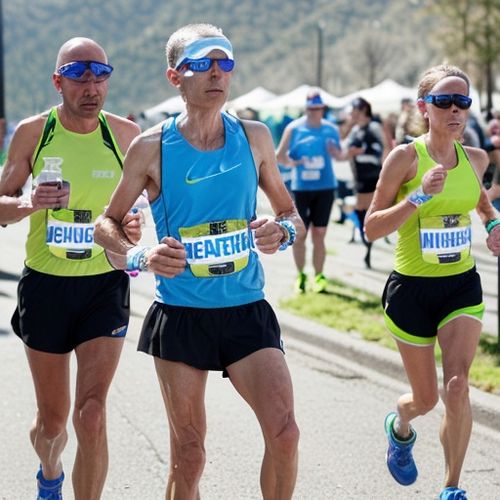
By John Smith/May 9, 2025

By John Smith/May 9, 2025
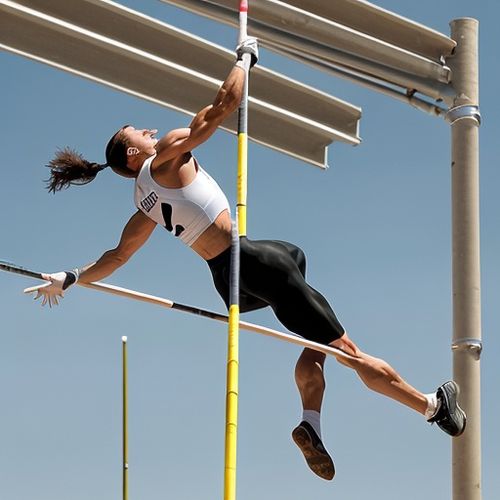
By Samuel Cooper/May 9, 2025
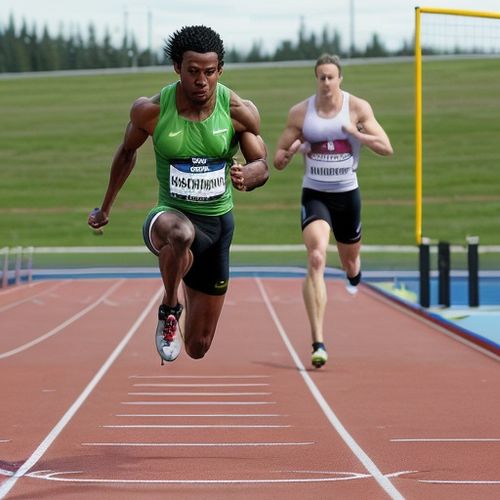
By Christopher Harris/May 9, 2025
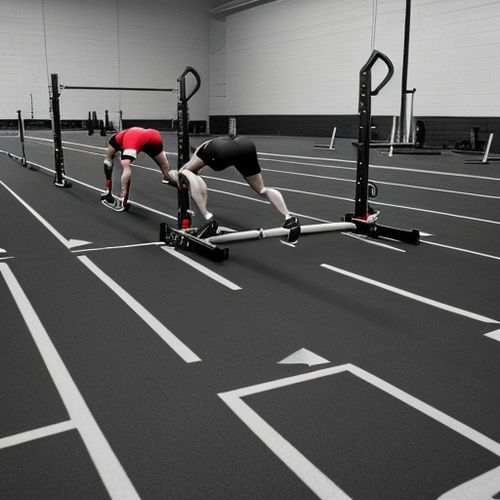
By Megan Clark/May 9, 2025
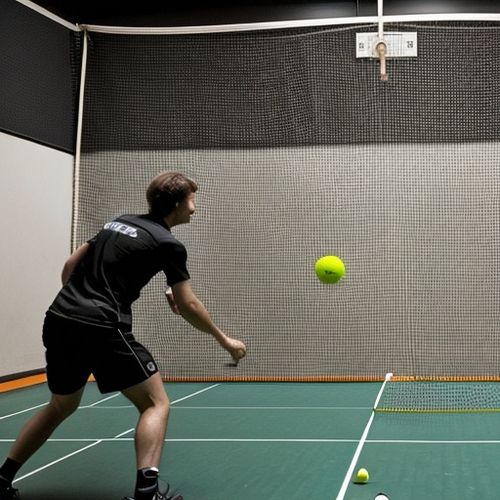
By Victoria Gonzalez/May 9, 2025
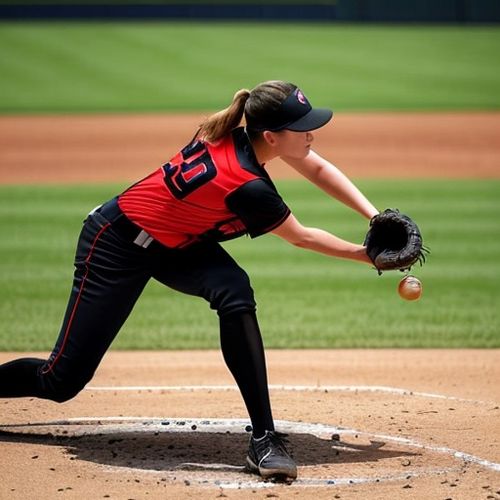
By William Miller/May 9, 2025
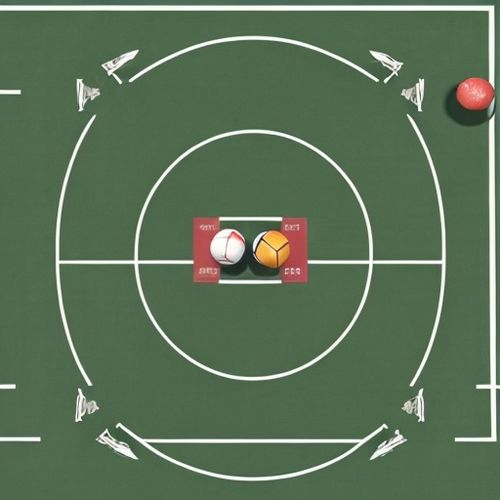
By Natalie Campbell/May 9, 2025
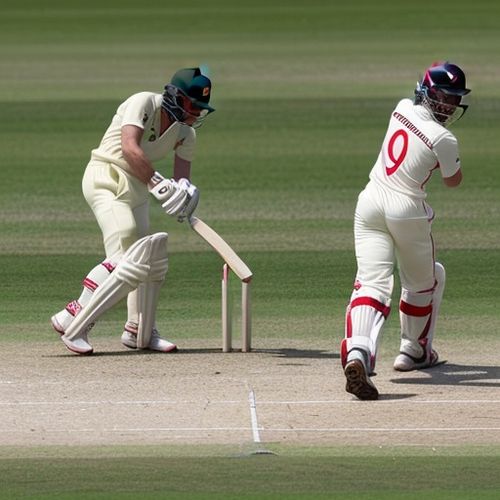
By Megan Clark/May 9, 2025
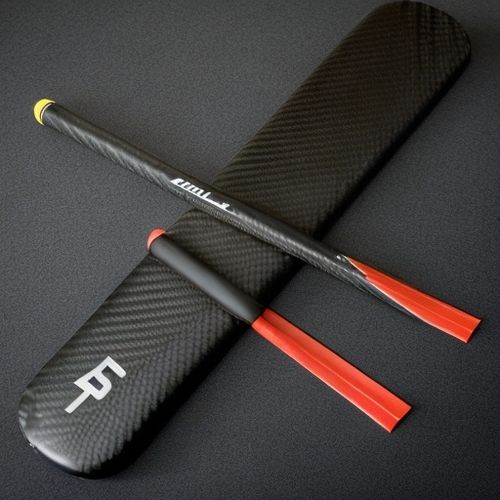
By Michael Brown/May 9, 2025